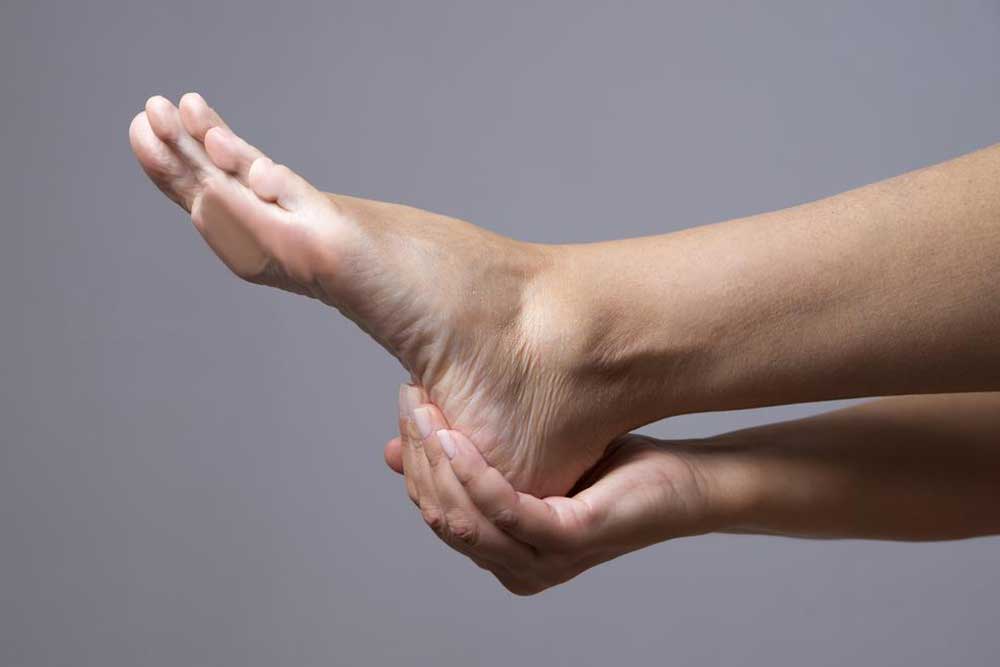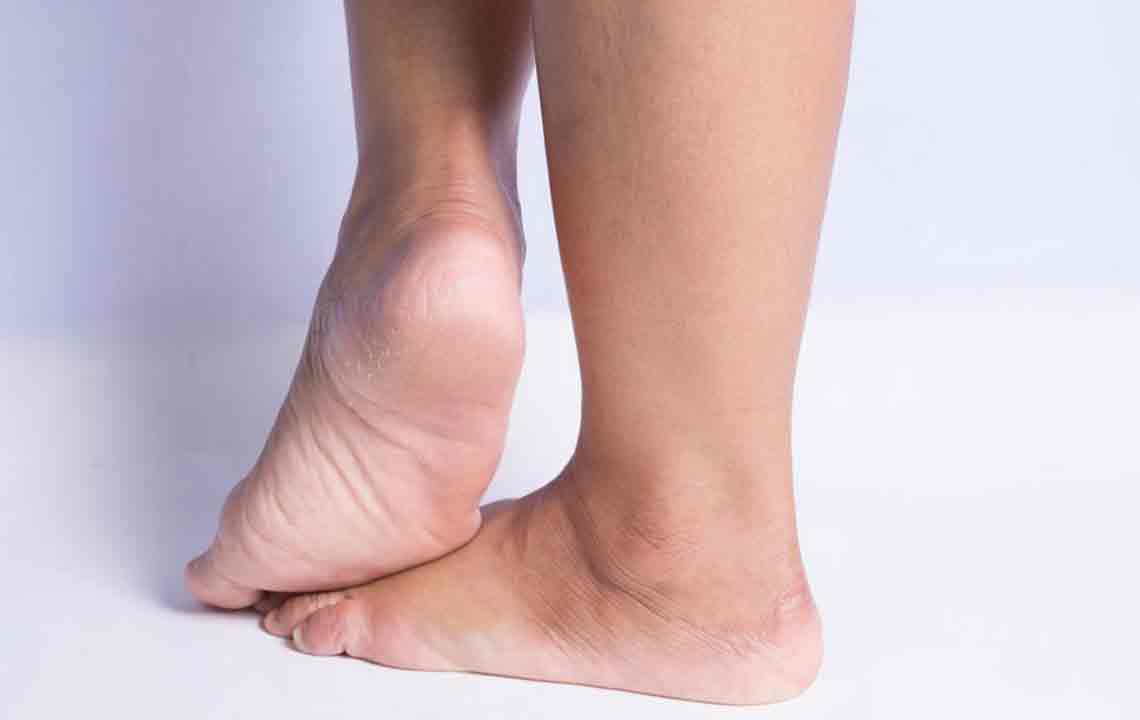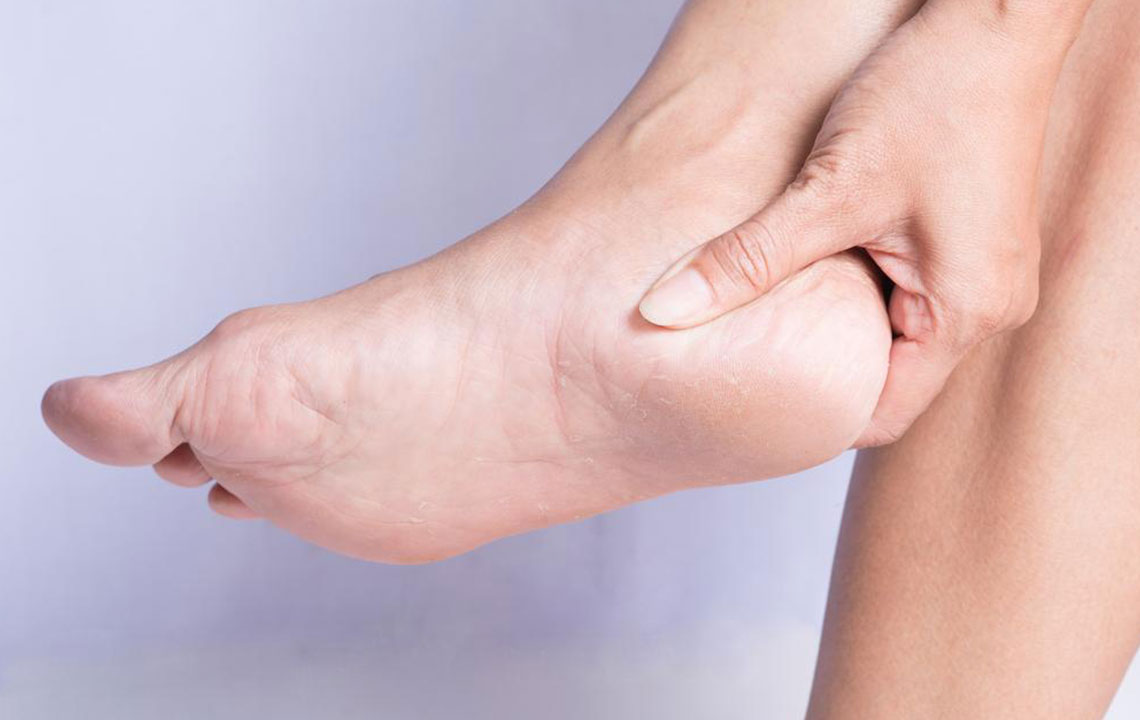Effective Strategies for Managing Heel Discomfort
Learn effective methods for managing heel discomfort caused by conditions like plantar fasciitis and heel spurs. The article discusses diagnosis, conservative treatments such as stretching, ice application, footwear support, and when surgical intervention might be necessary. Proper diagnosis and tailored treatment plans are key to swift recovery, especially for persistent heel pain. Overweight individuals and improper footwear are common contributors. Whether mild or severe, understanding the root cause helps in choosing the right treatment and alleviating discomfort quickly.

Effective Strategies for Managing Heel Discomfort
Heel discomfort is a widespread foot issue, often resulting from causes like stress fractures, tendinitis, heel spurs, or arthritis. The most common reason is plantar fasciitis, which involves inflammation of the tissue connecting the heel to the toes, or heel spur syndrome.
Addressing heel discomfort requires identifying its source. Since symptoms can be temporary or persistent, accurate diagnosis is essential before commencing treatment. Typically, heel pain intensifies with the first steps in the morning or after long periods of standing or walking.
In some scenarios, heel discomfort may be combined with swelling. Overweight individuals are more prone to developing heel issues.
Diagnosis
Correct diagnosis is vital to determine appropriate treatment. A healthcare provider will conduct a thorough physical exam and review medical history. Imaging tests like X-rays can detect abnormalities in bones or surrounding structures that may be contributing to heel pain.
Heel Discomfort Treatment Options
Treatments can be either non-invasive or surgical. Mild to moderate heel pain often responds well to conservative measures. With proper care and rest, most people recover within days or months, provided no other medical conditions interfere.
Non-invasive Treatments for Heel Discomfort
Stretching exercises for the feet can alleviate pain. Applying cold packs regularly helps reduce inflammation. Use a thin cloth between the ice and the skin. Over-the-counter anti-inflammatory medications can also diminish pain and swelling. Resting adequately reduces pressure on the heel. Sometimes, switching to better-fitting footwear can make a difference. Supportive inserts or cushions improve comfort and lessen discomfort.
Surgical Options for Heel Discomfort
Surgery might be necessary for persistent pain due to injuries or fractures. Those with plantar fasciitis unresponsive to conservative care may consider surgical intervention.
Heel pain generally manifests at the bottom of the heel, gradually intensifying. Treatment depends on its cause and severity. Proper diagnosis leads to effective management and faster recovery.










